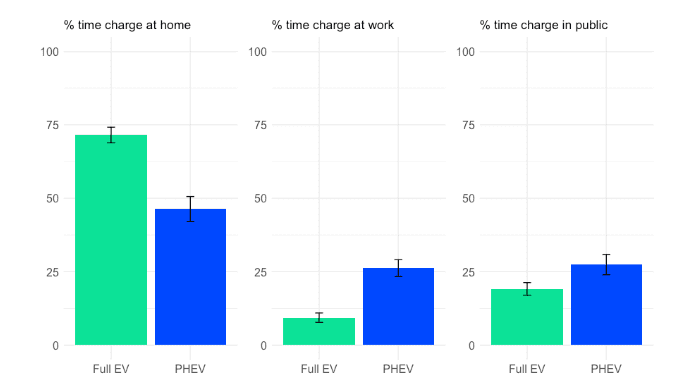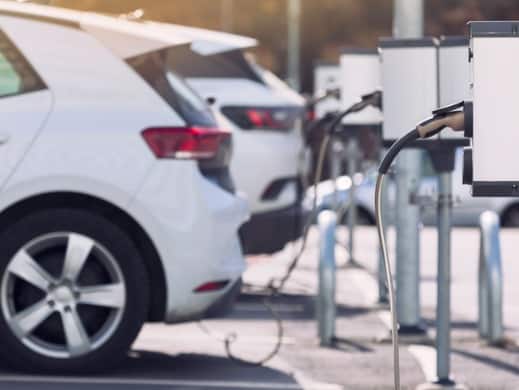Many utilities group electric vehicles (EVs) and PHEVs (plug-in hybrid electric vehicles) when it comes to charging, but Uplight’s Annual Voice of the Customer survey revealed some considerable differences.
As utilities grapple with designing and implementing EV programs, Uplight sought to understand how EV ownership impacts utility perception, program adoption, and customer engagement in this year’s residential customer survey of over 1,100 energy decision makers that included an over-sample of 100 EV owners.
EV owners (those whose cars are fully electric) focus more on how they will optimize charging, while PHEV owners tend to be less strategic in their charging behavior. For example, 72% of full EV owners reported that they would use or already use time-of-use (TOU) programs to help them further optimize their energy use, compared to only 28% of PHEV owners.
Unsurprisingly, EV owners overwhelmingly charge at home and overnight between 9 PM and 6 AM (typically hours when TOU rates are lower compared to daytime hours). PHEV owners overwhelmingly charge during the day and are more likely than full EV owners to charge either at work or at public charging facilities. For PHEV owners, this may be more convenient since their cars typically take less time to charge.

Full EV owners also plan how they will charge far in advance of their vehicle purchase, while PHEV owners are more “reactionary” chargers, with many not considering charging in advance of their purchase. 18% more EV owners than PHEV owners say they plan how they will charge before purchasing their new vehicle, and 23% more PHEV owners than full EV owners report only making sure they could use the included charger, and then forgetting about charging altogether.
The downstream effects of this charging planning and consideration difference are significant. PHEV owners are three times more likely than full EV owners to reconsider their charging approach after receiving their first few utility bills (45% vs 13%). In addition, EV owners are over eight times more likely than PHEV owners to say they rarely think about charging after purchasing the vehicle (33% vs 4%). This could be because these survey respondents completed significant planning around charging and felt confident in their approach.
While it is easy to bucket these to EV owners along with PHEV owners, these customers have different needs and charging patterns. Those with plug-in hybrids might plan less for charging up front, yet be more flexible overall when it comes to when and where they charge.





